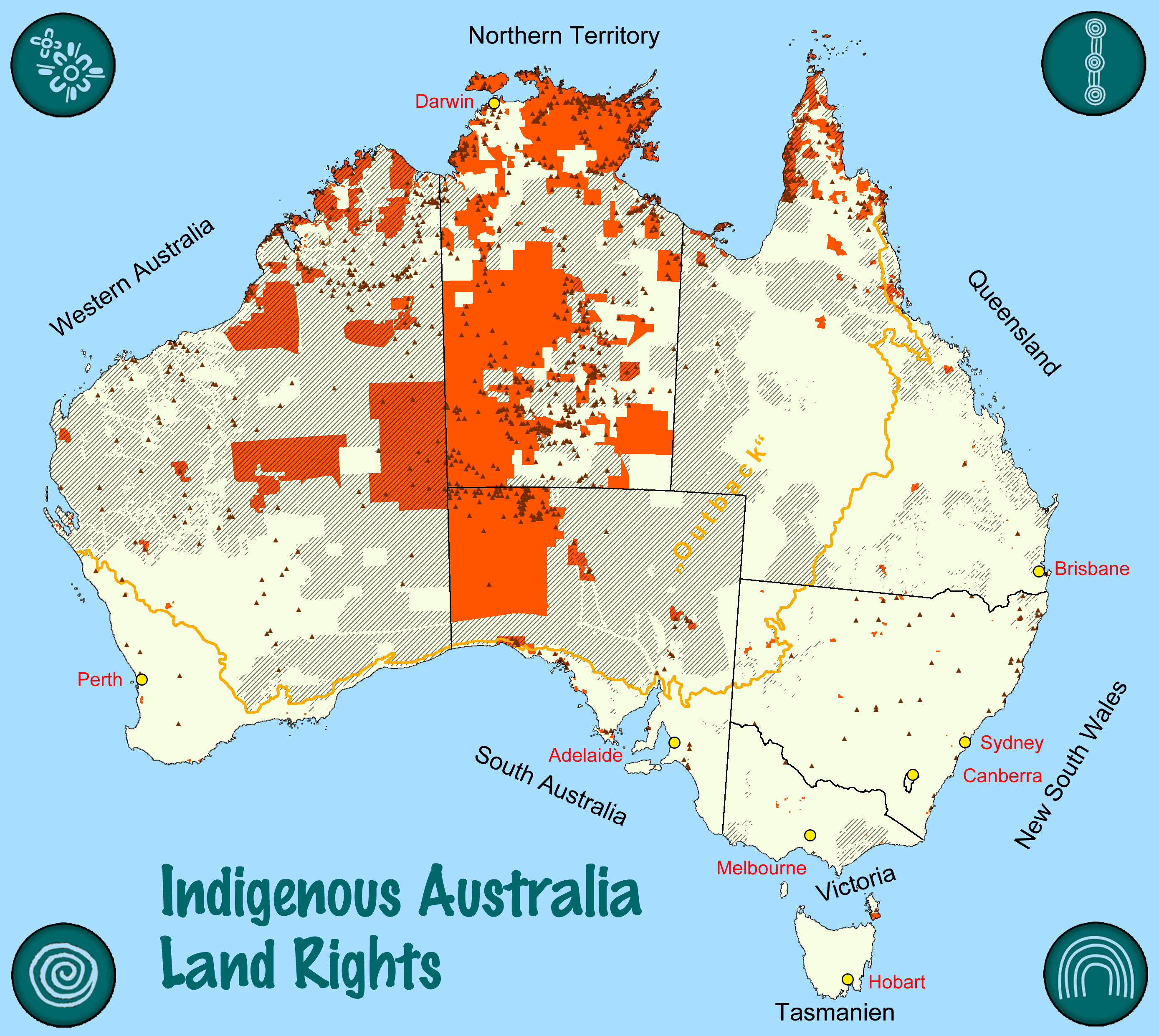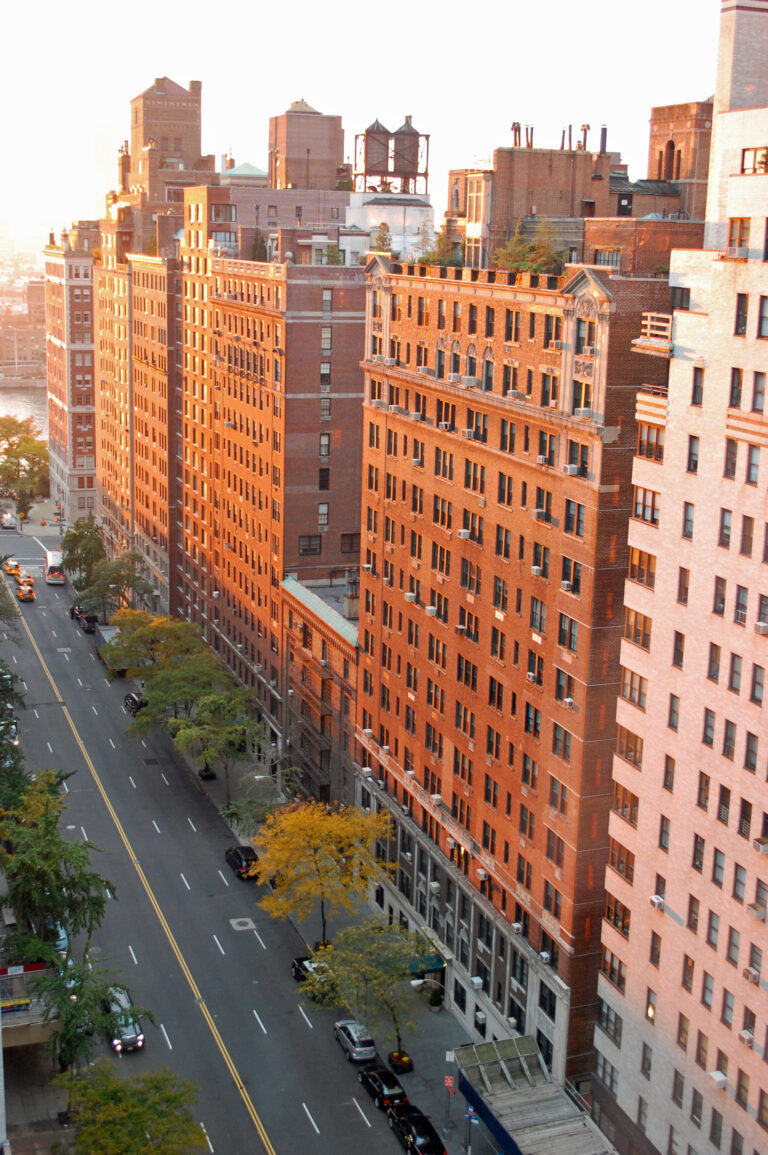Why Is Australia So Expensive to Live
Why Is Australia So Expensive to Live? Cost of Living Factors Explained
Curious about the high cost of living in Australia? Look no further. This article breaks down the reasons behind Australia’s reputation for being expensive and offers a clear explanation of the factors contributing to the high costs. From housing and goods to wages and geographic isolation, we’ll uncover the key elements that make Australia’s cost of living unique. Get ready to understand the ins and outs of why Australia might come across as pricey and gain insights into this economic phenomenon.
Table of Contents
- 1. Unraveling the Cost of Housing: How Australia’s Real Estate Market Impacts Living Expenses
- 2. Paying the Price for a Daily Grind: Understanding the High Cost of Goods and Services
- 3. Shocking Energy Bills: The Hidden Costs of Australia’s Energy Market
- 4. A Pain in the Pump: The Price of Fuel in the Land Down Under
- 5. The Grocery Dilemma: Why Food Prices are Skyrocketing in Australia
- 6. Costly Education: Examining the High Price of Learning in Australia
- FAQs
- Concluding Remarks
1. Unraveling the Cost of Housing: How Australia’s Real Estate Market Impacts Living Expenses
Australia’s real estate market is undeniably influencing the cost of living for its residents. The escalating prices of housing have become a dominant force, directly affecting the overall expenses that individuals and families have to bear. Let’s delve into the various ways in which the real estate market in Australia significantly impacts the living expenses.
Firstly, the skyrocketing property prices have made owning a home an arduous task for many Australians. As a result, a significant portion of the population is forced to rely on renting, leading to higher rental rates. Consequently, the monthly expenditure on housing has swelled for those unable to secure a mortgage. Impacts include:
- Increased monthly rental costs, putting additional strain on personal finances.
- Limited housing options for low-income individuals and families, exacerbating the affordability crisis.
- Tendency to prioritize housing expenses over other essential needs, such as healthcare and education.
In addition, the real estate market’s ripple effect extends beyond housing itself. The surge in property values has raised the cost of land, pushing up prices for commercial spaces, which indirectly affects small businesses and entrepreneurs. This phenomenon has created a challenging business environment that implies higher operational costs, resulting in:
- Greater product and service prices, impacting consumers’ purchasing power.
- Inhibited opportunities for new businesses due to limited affordability in securing prime locations.
- Inequality in the marketplace, favoring larger corporations with the resources to absorb increased expenses.
2. Paying the Price for a Daily Grind: Understanding the High Cost of Goods and Services
In today’s fast-paced world, where every action comes with a price tag, it’s essential to understand the true cost of our daily grind. As consumers, we often overlook the high price we pay for goods and services, oblivious to the countless factors that contribute to their final cost. Let’s break it down, shall we?
Firstly, **production costs** are a major component. From raw materials to manufacturing processes, companies invest heavily in creating their products. These costs include sourcing and transporting materials, labor wages, machinery maintenance, and overhead expenses. On top of that, companies also factor in **research and development costs**, as new innovations come with a price tag. These expenses are reflected in the final price of a product or service, ensuring the company can cover its investment and continue to innovate.
Secondly, we must consider **supply and demand**. The availability of a product or service plays a significant role in determining its price. If demand exceeds supply, prices skyrocket. Conversely, when supply outweighs demand, prices plummet. Additionally, external factors such as inflation, economic conditions, and government policies can further influence these dynamics. Furthermore, **marketing and advertising costs** add to the overall price. Companies invest in promoting their products and creating brand awareness, which in turn impacts the final cost that consumers bear.
It’s vital to comprehend that beyond the sticker price of goods and services lie multiple layers of expenses. Understanding the intricacies of production, supply and demand, and marketing can help us make more informed choices as consumers, ensuring we aren’t caught off guard by the high cost of our daily grind.

3. Shocking Energy Bills: The Hidden Costs of Australia’s Energy Market
Australia’s energy market has been causing shockwaves among consumers due to the unexpected rise in energy bills. Many Australian households have been left dumbfounded as they open their mailboxes and find exorbitant charges that seem to appear out of thin air. The hidden costs embedded within the energy market are wreaking havoc on the budgets of families nationwide.
One of the main culprits behind these shocking energy bills is the growing reliance on carbon-intensive energy sources, such as coal and natural gas. As a result, the cost of generating electricity has skyrocketed, passing on the burden to consumers. Moreover, electricity retailers often add extra fees, such as daily supply charges, metering charges, and administrative fees, which further inflate the bills. These additional costs are often overlooked but can make a significant dent in the already stretched finances of households.
To make matters worse, energy retailers frequently employ complex pricing structures, making it challenging for consumers to decipher the true cost of their usage. Time-of-use tariffs, peak and off-peak rates, and confusing discounts are just some of the tactics used to obfuscate the actual price of electricity. This lack of transparency leaves consumers feeling helpless and trapped in a web of ever-increasing bills. It is crucial for consumers to be aware of the hidden costs within Australia’s energy market and to explore alternative energy options to alleviate the financial strain. By doing so, households can take control of their energy consumption, reduce their bills, and contribute to a more sustainable future.

4. A Pain in the Pump: The Price of Fuel in the Land Down Under
The Land Down Under, known for its breathtaking landscapes, vibrant cities, and unique wildlife, is also home to a constant headache for its citizens: the soaring price of fuel. Australians are all too familiar with the unpleasant experience of visiting the pump and watching their hard-earned dollars disappear into thin air.
The price of fuel in Australia has been a source of frustration for many years, with regular fluctuations that can make budgeting for transportation a challenge. There are several factors that contribute to this ongoing pain in the pump. Firstly, taxes and government regulations play a significant role in determining fuel prices. The government levies various taxes on fuel, including excise taxes and goods and services tax (GST), which can significantly impact the final price consumers pay. Additionally, the cost of producing and importing fuel, along with changes in global oil prices, also influence the price at the pump. These factors combined result in a price tag that often leaves Australians feeling drained.
To stay ahead of the fuel game, Australian motorists have developed a few strategies to ease the burden on their wallets. Here are some tips to help you navigate the rough waters of fuel prices in the Land Down Under:
– **Shop around for the best deals**: Take the time to research prices and compare different fuel stations in your area. Online platforms and mobile apps can help you spot the most affordable options.
– **Consider carpooling or public transport**: Sharing rides with colleagues, friends, or family members can help reduce the amount of fuel you consume. Similarly, using public transportation when possible can save you money and contribute to a greener environment.
– **Maintain a fuel-efficient vehicle**: Regular vehicle maintenance, such as getting your tires properly inflated, can improve fuel efficiency. Investing in a fuel-efficient car or hybrid vehicle can also save you money in the long run.

5. The Grocery Dilemma: Why Food Prices are Skyrocketing in Australia
In recent years, Australia has been facing a significant problem: skyrocketing food prices. This grocery dilemma has been causing concerns amongst consumers across the country. In this article, we will explore the reasons behind the increasing cost of food and why it has become such a pressing issue.
One of the main factors contributing to the rising food prices in Australia is the impact of extreme weather conditions on agricultural production. The country has been grappling with severe droughts, devastating floods, and unprecedented heatwaves, all of which have had a detrimental effect on crops and livestock. As a result, the supply of key food items such as grains, fruits, and vegetables has been significantly reduced, leading to a scarcity in the market. With demand remaining high, prices have naturally soared.
Another reason for the surge in food prices is the increasing cost of transportation and logistics. Australia’s vast and geographically isolated landscape poses unique challenges when it comes to distributing food from farms to supermarkets. The rising fuel prices, coupled with the maintenance costs of transportation vehicles, have significantly added to the overall expenses. As a result, these additional costs are ultimately passed on to consumers in the form of higher food prices.

6. Costly Education: Examining the High Price of Learning in Australia
In Australia, the cost of education has skyrocketed, leaving many aspiring learners struggling to keep up with the high price tag attached to knowledge acquisition. The exorbitant fees have become a cause for concern, leading to a deeper examination of the underlying factors contributing to this financial burden.
One of the primary reasons behind the costly education in Australia is the significant increase in tuition fees. Academic institutions are grappling with the rising costs of infrastructure development, faculty salaries, and administrative expenses, which inevitably get passed onto the students. Additionally, the ever-evolving curriculum demands the incorporation of advanced technologies and resources, further driving up the expenses.
Moreover, the cost of textbooks and course materials often weighs heavily on the already burdened students. While access to online resources has somewhat alleviated this issue, some courses still require specific textbooks that come with a hefty price tag. Coupled with the rising living expenses, including accommodation and transportation, students are faced with considerable financial strain throughout their educational journey. As a result, many individuals are forced to take up part-time jobs to make ends meet, compromising their focus and dedication towards their studies.
To address this pressing issue, urgent measures need to be taken to alleviate the burden on students and ensure that education remains accessible to all. Possible solutions entail government subsidies, increased funding for educational institutions, and the exploration of alternative learning methods that are both cost-effective and student-centered. By acknowledging the financial constraints faced by learners, we can work towards finding sustainable solutions that foster a more inclusive and affordable education system for all in Australia.
FAQs
Q: Why is Australia so expensive to live?
A: Australia’s high cost of living can be attributed to several factors, such as its remote location, strong economy, high wages, and limited competition in certain industries.
Q: Does the remote location of Australia affect living costs?
A: Absolutely! Australia’s vast distance from other countries means that imported goods often have higher transportation costs, which are passed on to consumers.
Q: How does the strong economy contribute to the high living costs?
A: Australia’s robust economy leads to increased demand for goods and services, which in turn drives up prices. Additionally, high wages often reflect the country’s strong economy, leading to higher costs for employers.
Q: Are high wages a major reason for the expense of living in Australia?
A: Yes, Australia has one of the highest minimum wages globally. While this ensures fair compensation, it also contributes to the overall cost of goods and services.
Q: Does limited competition in certain industries affect living costs?
A: Certainly! In some sectors, Australia has limited competition, which allows businesses to maintain higher prices due to a lack of alternatives. This lack of competition can drive up the cost of essential services and everyday items.
Q: Are there any other factors contributing to the high cost of living in Australia?
A: Yes, factors such as housing shortages, high property prices, and the strong Australian dollar can all contribute to the expense of living in the country.
Q: Are there any benefits to living in Australia despite the high living costs?
A: Absolutely! Australia provides its residents with high-quality services, excellent healthcare, education, and infrastructure. The country’s natural beauty and high standard of living are also attractive aspects.
Q: Can one mitigate the high living costs in Australia?
A: While it may be challenging to completely avoid the high living costs, individuals can take steps like budgeting wisely, exploring cheaper alternatives, and taking advantage of government benefits and support systems.
Q: Are there any financial assistance programs for those struggling with the high costs?
A: Yes! The Australian government provides various financial assistance programs and social welfare schemes to support individuals or families facing financial hardship.
Q: Are the living costs the same throughout the entire country?
A: No, living costs can vary across different cities and regions in Australia. Generally, metropolitan areas tend to have higher living costs compared to rural or remote areas.
Q: Is Australia still a desirable place to live despite the high expenses?
A: Yes, Australia continues to attract people from around the world due to its high standard of living, safety, excellent education and healthcare systems, and diverse culture.
Note: The tone has been kept neutral, while trying to answer the questions in a concise and straightforward manner.
To Wrap It Up
In conclusion, it’s no secret that Australia is an expensive place to live. The high costs of housing, food, and other necessities contribute to this economic reality. Various factors such as distance, high salaries, and a strong economy play a role in driving up prices. While the quality of life in Australia is generally high, it’s essential to be financially prepared and budget-conscious if you choose to call this country home. So, if you’re considering a move to the Land Down Under, just remember to brace yourself for the expenses that come with it.







